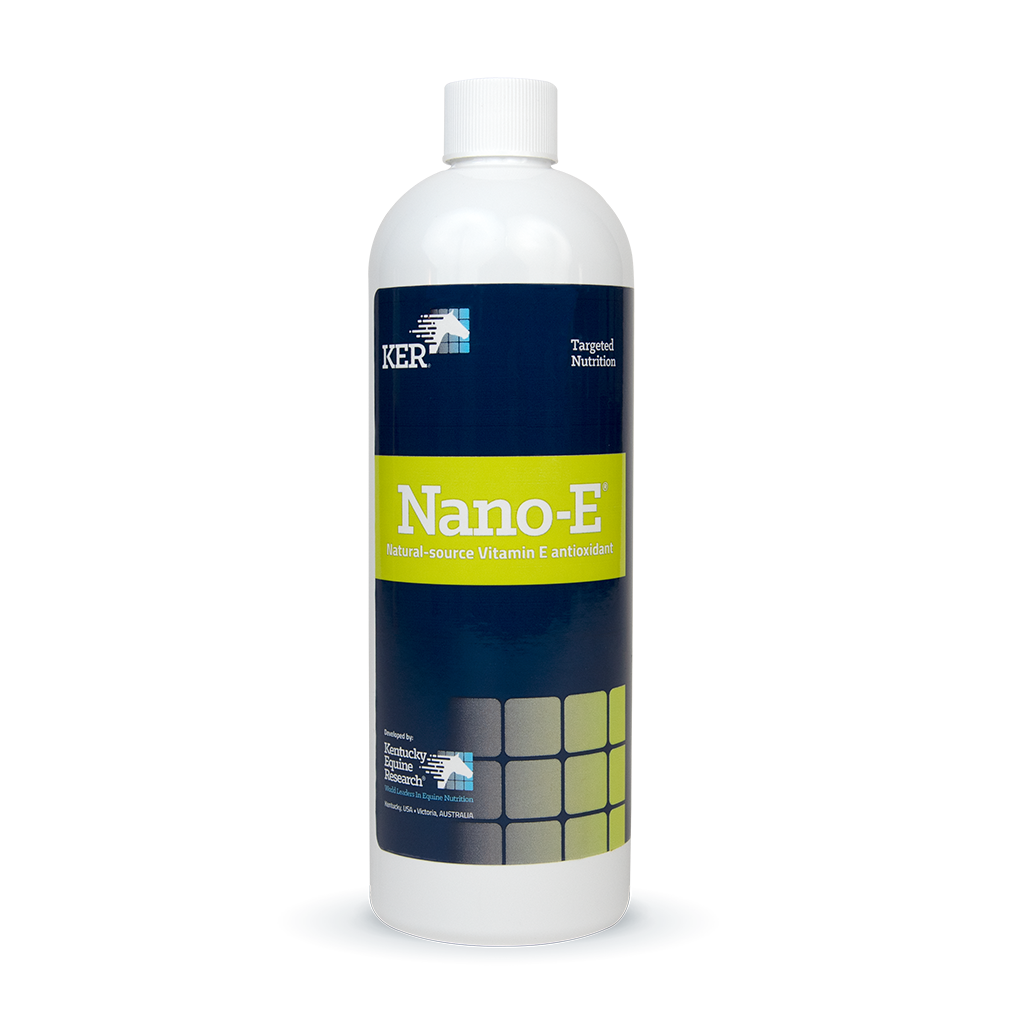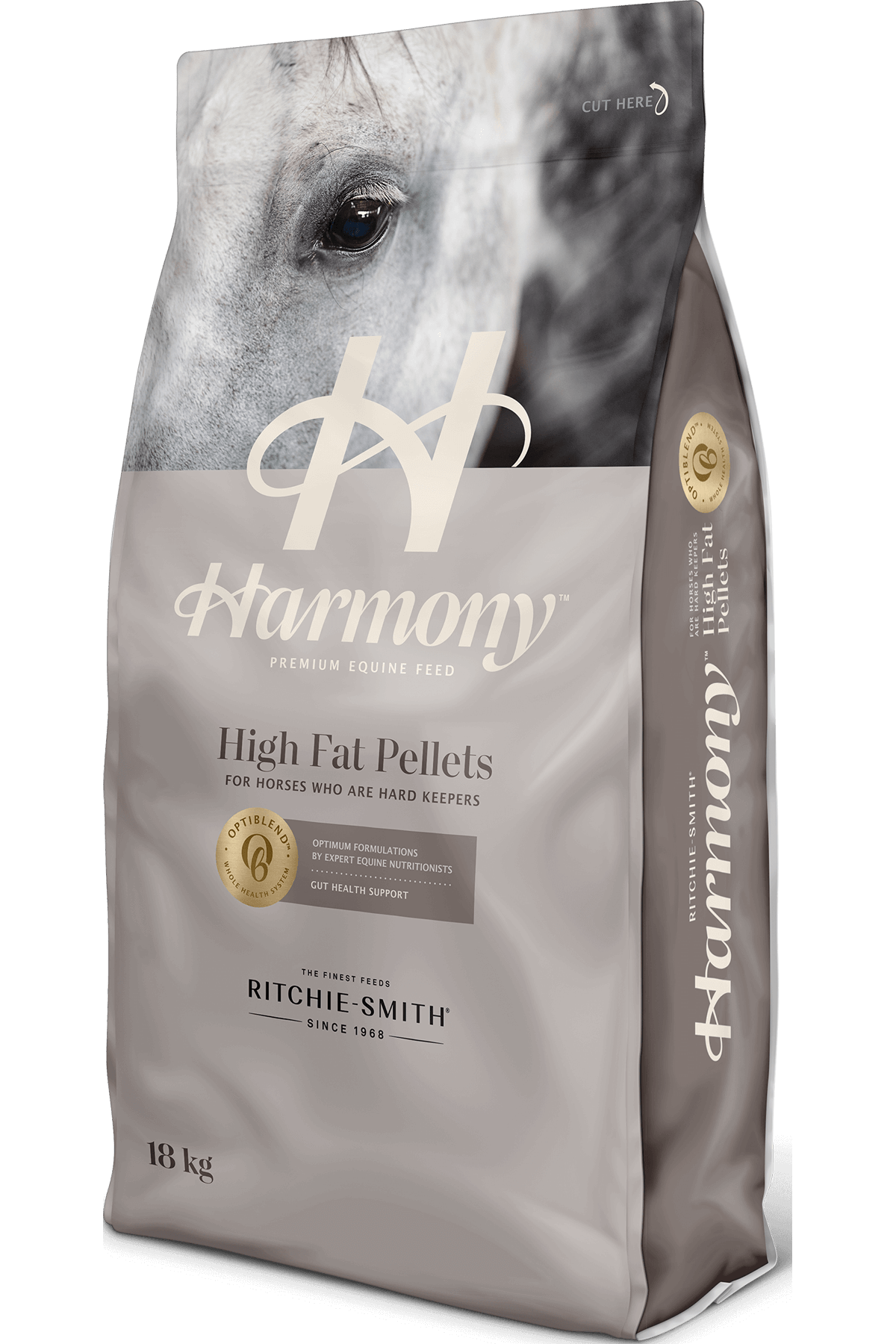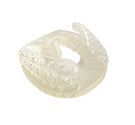Pathologies of the Horse's Hoof: 3 Common Hoof Infections
Anyone who has ever had to take care of a horse knows that the horse’s hooves need to be tended with the proper care to keep them healthy. Without healthy hooves, your horse will not be able to behave and perform as it should and you’ll have no horse to ride or drive. Remember the old expression, “No hoof, no horse.” Therefore, proper hoof care is vital but what’s also important is understanding the pathologies of your horse’s hoof.
Abscesses
Causes & Symptoms
Abscesses are a common problem caused by puncture wounds or injury but with the proper care, they can be treated quickly and effectively. If your horse has an abscess, it may display signs of lameness at varying degrees, depending on the severity of the infection. Along with the lameness, there is pain in the affected area where you will most likely notice swelling, heat, a dark spot on the hoof and draining of pus and/or blood.
Treatment
The typical treatment for abscesses is to drain them through the sole. This is because the injury that normally results in an abscess is in the sole which means it is easier to locate it. What’s more, since the drain hole is beneath the abscess, it is also easier for the pus to drain out. The treatment also includes foot soaks and poultices to encourage drainage. Since cleanliness is vital in fighting the infection, the foot should be wrapped and protected. Products that can help deal with abscesses are Hawthrone’s Ichthammol 20% which is extremely effective for drawing infection or debris from a wound or hoof and Hawhtorne’s Sole Pack Medicated Liquid Hoof Dressing which contains iodine and other ingredients that aid to harden the hoof plus fight bacterial and fungal infections. Anti-inflammatory medication and/or antibiotics may also be given to fight the infection more effectively and speed up the recovery process.
Thrush
Causes & Symptoms
Like an abscess, thrush is an infection. The bacterial infection develops in the tissue of the frog (the V-shaped structure between the sole, wall and bars in the heel area of the hoof). Thrush is usually associated with unhygienic conditions such as the frog being packed with manure or mud and also with lack of basic hoof care. However, it can also be the result of a horse having unhealthy frogs despite being carefully cared for or living in clean surroundings. When bacteria penetrate the epidermis of the frog the tissue starts deteriorating and producing a smelly discharge. If the bacteria reaches the inner dermis, it can cause pain and lameness and you’ll notice blood on the end of the hoof pick when cleaning the frog and trimming the hoof.
Treatment
Thrush is treated by your farrier who will trim away the loose, diseased frog tissue and apply a mild astringent or another anti-thrush product like Hawthorne’s Sole Pack which offers pain relief and fast healing – maintaining proper moisture levels and fighting white line and thrush. An effective treatment/prevention of thrush is for your farrier to trim your horse’s hooves so that the frog and heels of the hoof capsule are on the same plane. When the frog is level with the foot, it will promote new, healthy growth.
White Line Disease
Causes & Symptoms
White line disease (or seedy toe disease) is also an infection caused by bacteria that results in the disintegration of the white line (the area between the outside hoof wall and the sole). This bacterial infection starts when this area is damaged and bacteria enter to separate the layers of the hoof wall. The damage or separation can be the result of excessive wall stress due to poor foot shape or trimming. The hollow space created between the hoof wall and the sole can eventually destroy the supporting horn, causing lameness. This occurs because the hoof wall basically supports most of your horse’s weight, unlike humans where our weight is supported by the soles of our feet. Furthermore, the hoof wall consists of dead cells much like our nails. This means that the hoof can’t heal but must be given time to regrow.
As we mentioned, this is a bacterial infection which means that in order to develop you have to give bacteria the opportunity to take hold and grow. Therefore, an improper toe to heel angle, lack of exercise, damp bedding, a wet stall and frequent wet-to-dry situations can lead to the development of white line disease.
Treatment
The treatment of white line disease depends on its severity. If it is detected at an early stage, it can be easy to treat and the horse can maintain its normal level of activity. However, if the infection causes considerable damage to the hoof wall, the treatment will be much more extensive. For example, severe cases of white line disease may involve special horseshoes such as a glue-on or bar shoes, boots, or even a cast and the treatment could last for months until a healthy new hoof is grown.
Source For Horse Hoof Care Products
With respect to these three common hoof infections, your trusted veterinarian along with your farrier should be consulted so that the particular condition of your horse can be diagnosed and treated properly. At Source For Horse, we provide our customers with award-winning hoof care products manufactured by Hawthorne Products. Hawthorne is well known for its high-quality hoof care products. For over 100 years they have been treating farm horses, racehorses, pets, cattle, and other large animals. We also provide professional farriers with the highest quality supplies and tools sold warehouse-direct.




